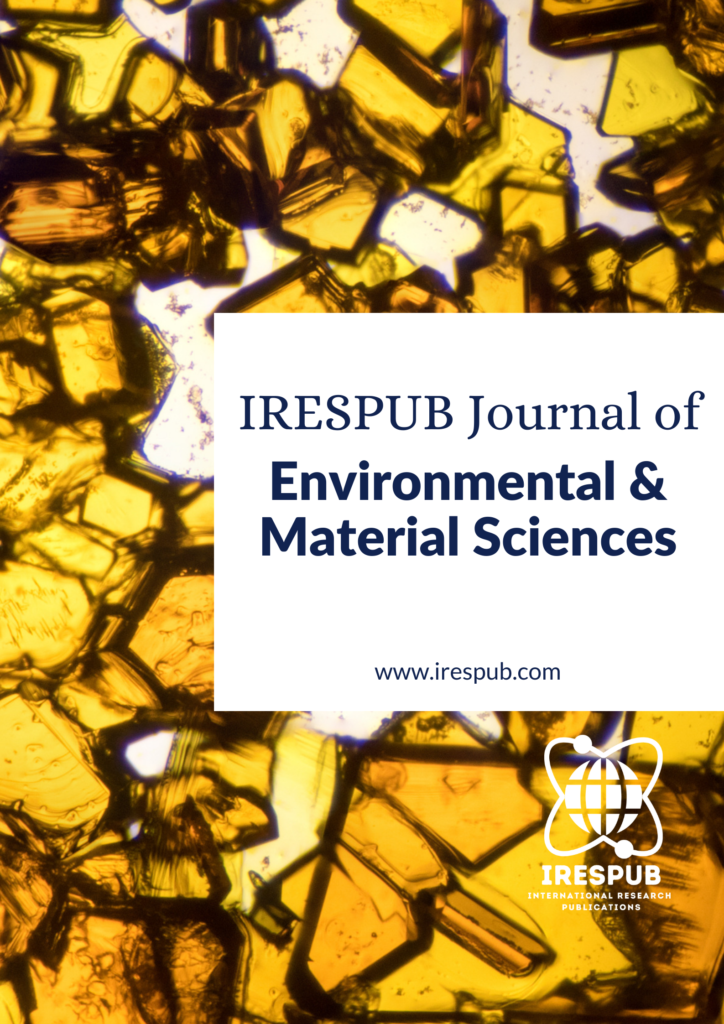
Year Launched: 2021
Journal Menu
- Scope & Research Areas
- Instructions for Authors
- Article Processing Charge
Journal List
- Natural & Applied Sciences
- Life Sciences
- Business Management
- Education & Literature
- Humanities & Cultural Studies
- Medical & Dental Sciences
- Engineering & Computer Sciences
- Agriculture, Food & Nutrition
- Environmental & Material Sciences
- Wellness & Lifestyle Management
- Arts & Ideas
- Law, Policy & Religion
Environmental deforestation and climate variability in Nigeria
Volume 2, Issue 3, May-Jun 2022 | Page 1-11 | PDF (385K) | Pub. Date: Jun 5, 2022
Author(s)
Leelee N. Deekor; Department of Economics, Ignatius Ajuru University of Education, Port Harcourt, Nigeria
Abstract
This study examined the impact of deforestation on climate change vice-versa. Data were sourced from Mongabay and World Development Indicators from 1990-2018. The study utilized a pairwise granger causality test. From the result, unidirectional causality between forest areas and climate-change in Nigeria (world) was observed, there is an absence of statistical estimates that support the existence of causality between primary forest loss (tree cover loss) and climate change in Nigeria. The p-values are more than 5%. The study admits that although deforestation is an enabler of climate change, in Nigeria there is no causality background to support the literature. But the study finds a trace of change in the forest area to a change in climate change in Nigeria. On the other hand, a 1% change in climate change does not influence forest areas. Hence, this study recommends that investment in drone surveillance, adequate personnel training, and timely funding should be directed to forestry supervision and regulation to improve data collection and control of events in the forest areas in the country.
Keywords
climate change; deforestation; climate feedback; forest transition theory
Cite this paper
Deekor, L. N. (2022), Environmental deforestation and climate variability in Nigeria, IRESPUB Journal of Environmental & Material Sciences. Volume 2, Issue 3, May-Jun 2022, Page 1-11
References
[1] Allen, J. C. & Barnes, D. F. (1985). The causes of deforestation in developing countries. Annals of the Association of American Geographers, 75 (2), 163-184.
[2] Angelsen, A. (2007). Forest cover change in space and time: Combining the von Thunen and forest transition. World Bank Policy Research Working Paper, WPS4117
[3] Angelsen, A. (2009). Introduction, In Angelsen, A., Brockhaus, M., Kanninen, M., Sills, E., & Sunderlin, W. D. (Eds.), Realizing REDD+: National Strategy and policy options. Bogor: Centre for International Forestry Research (CIFOR).
[4] Angelsen, A., & Kaimowitz, D. (1999). Rethinking the cause of deforestation: lessons from economic models. The World Bank Research Observer, 14 (1), 73-98.
[5] Anser, G. P. (n.d.). Measuring carbon emissions from tropical deforestation: An overview. Environmental Defense Fund, 1-10.
[6] Bae, J. S., Joo, R. W., & Kim, Y-S (2012). Forest transition: towards a more comprehensive theoretical framework. Land Use Policy, 29 (1), 198-207.
[7] Bennett, L. (2017). Deforestation and climate change. Climate Institute, 1-10, August, 18.
[8] Betts, R. A., Cox, P. M., Collings, M., Harris, P. P., Huntingford, C., & Jones, C. D. (2004). The role of ecosystem-atmosphere interactions in simulated Amazonian precipitation decrease and forest dieback under global climate warming. Appl. Climatol, 78, 23-34.
[9] Bhattarai, M., & Hammig, M. (2001). Institutions and the Environment Kuznets Curve for deforestation: A cross-country analysis for Latin America, Africa, and Asia, World Development, 29 (6), 995-1010.
[10]Brack, D. (2019). Forest and Climate Change: Background analytical study. Global Forest Goals and UN Forum on Forests, 1-56, March,
[11] Butler, R. A. (2021). Global forests and Planetary Boundaries. Mongabay, 1-8.
[12] Carlson, K. M., Curran, L. M., Ratnasari, D., Pittman, A. M., Soares-Filho, B. S., Anser, G. P., Trigg, S. N., Gaveau, D. L. A, Lawrence, D. & Rodrigues, H. O. (2012). Committed carbon emissions, deforestation, and community land conversion from oil palm plantation expansion in West Kalimantan, Indonesia, Proceedings of the National Academy of Science of the United States of America, 109 (19), 7559-64.
[13] Ceddia, M. G., Sedlacek, S., Bardsley, N. O., & Paloma, S. G. (2013). Sustainable agricultural intensification or Jevons paradox? The role of public governance in tropical South America, Global Environment Change, 23 (5), 1052-1063.
[14] Chomitz, K. M., & Gray, D. A. (1996). Roads, land use, and deforestation: A spatial model applied to Belize, The World Bank Economic Review, 10 (3), 487-512.
[15] Culas, R. J. (2007). Deforestation and the environment Kuznets curve: An institutional perspective, Ecological Economics, 61 (2-3), 429-437.
[16] Duguma, Atela, Minang, Ayana, Gizachew, Nzyoka and Bernard (2019)
[17] Easterling, W. E. (1990). Climate trends and prospect in natural resource for the 21 century, American Forestry Association, 32-55.
[18] Esmaeili, A. & Nasrnia, F (2014). Deforestation and the Environment Kuznets curve in Iran. Small-scale forestry, 13(3), 397-406.
[19] FAO (1995). Forestry Statistics Today for tomorrow. Rome
[20] FAO (2001). The state of the World’s Forest 2020. Rome
[21] FAO (2006). Deforestation cause global warming. Rome
[22] FAO (2020). Global Forest resource assessment 2020 report, Nigeria. Rome.
[23] FAO (2020). State of the World’s Forests 2020. FAO
[24] Global Forest Watch Data 2020
[25] Gorte, R. W., & Sheikh, P. A. (2010). Deforestation and climate change. Congressional Research Service, 1-41.
[26] Grace, J. (1991). Vegetation and climate: A tenuous link in modern ecology: Basic and applied aspects. Elsevier, 711-722.
[27] Grainger, A. (1995). The forest transition: An alternative approach, Area, 27 (3), 242-251.
[28] Granger, C. W. J. (1969). Investigating causal relationship by econometric models and cross-spectral methods. Econometrica, 37 (3), 424-438.
[29] Hostert, P., Kuemmerle, T., Prishchepov, A., & Sieber, A. (2011). Rapid land use change after socio-economic disturbances: the collapse of the Soviet Union versus Chernobyl. Environment Research Letters, 6(4), 1-23.
[30] Inman, K. (1993). Fueling expansion in the third world: population, development, debt, and the global decline of forests. Society & Natural Resources, 6(1), 17-39.
[31] IPCC (2007). Climate Change 2007: Synthesis Report. Geneva, Switzerland.
[32] Jakuboski, S. (2012). Deforestation and global warming. Green Science, 1-13, May, 19.
[33] Jones, D. W. & O’Neill, R. V. (1995). Development policies, urban unemployment, and deforestation: The role of infrastructure and tax policy in a two-sector model. Journal of Regional Science,35, 135-53.
[34] Kant, S. & Redantz, A. (1997). An econometric model of tropical deforestation. Journal of Forestry Economics, 3, 51-86.
[35] Katila, M. (1995). Modeling deforestation in Thailand. Paper presented at IUFRO, World Congress, Tampere, Finland.
[36] Knoema, (2020). Data on Forest Area
[37] Kuznets, S. (1955). Economic growth and income inequality, American Economic Review, 40 (1), 1-28.
[38] Lambin, E. F. & Meyfroidt, P. (2010). Land use transitions: Socio-ecological feedback versus socio-economic change. Land Use Policy, 27 (2), 108-118.
[39] Lindsey, R. (2021). Earth’s hottest month was record hot in 2021. gov/news-feature, August 16.
[40] Longobardi, P., Montenegro, A., Beltrami, H., & Eby, M. (2016). Deforestation induced climate change: Effects of spatial scale. PLos ONE, 11(4), 1-23.
[41] Mather, A. S. (1992). The forest transition, Area, 24 (4), 367-379.
[42] McGregor, W. M. (1937). Forest types and succession in Nigeria. Empire Forestry, 16 (2), 234-242.
[43] Mercer, K. L., & Perales, H. (2004). Evolutionary response of landraces to climate change in centers of crop diversity. Evolutionary Applications, 3(5-6), 480-493.
[44] Micciolo, M. P. (2017). The lungs of our land: Deforestation and climate change’s destructive circular relationship. Environment Law Journal, 28, 1-71
[45] Munteanu, C., et al (2014). Forest and agricultural land change in the Carpathian region- A meta-analysis of long-term patterns and drivers of change. Land Use Policy, 38, 685-697.
[46] O’Brien, K. L. (1996). Tropical deforestation and climate change. Progress in Physical Geography: Earth and Environment. September, 1
[47] Perz, S. G. (2007). Grand theory and context-specificity in the study of forest dynamics: Forest transition theory and other directions. The Professional Geographer, 59 (1), 105-114.
[48] Southgate, D. (1994). Tropical deforestation and agricultural development in Latin America. In Brown, K & Pearce, D. (eds.) the cause of tropical deforestation, the economic and statistical analysis of factors giving rise to the loss of tropical forests, 134-44. London: University College London Press.
[49]UNFCCC (2006). Background paper for the workshop on reducing emission from deforestation in developing countries, 1(1a), 1-25. Rome.
[50] Walker, R. (2004). Theorizing land-cover and land-use change: The case of tropical deforestation. International Regional Science Review, 27 (3), 247-270.
[51] Whitaker, J. R. (1940). World view of destruction and conservation of natural resources, Annals of the Association of American geographers, 30 (3), 143-162.
[52] White, H. & Sabarwal, S. (2014). Quasi-experimental design and methods. UNICEF Methodological Briefs Impact Evaluation No. 8, 1-25.
[53] Yeo, I-Y, & Huang, C. (2013). Revisiting forest transition theory with historical records and geospatial data: A case study from Mississippi, Land Use Policy, 32, 1-13.

